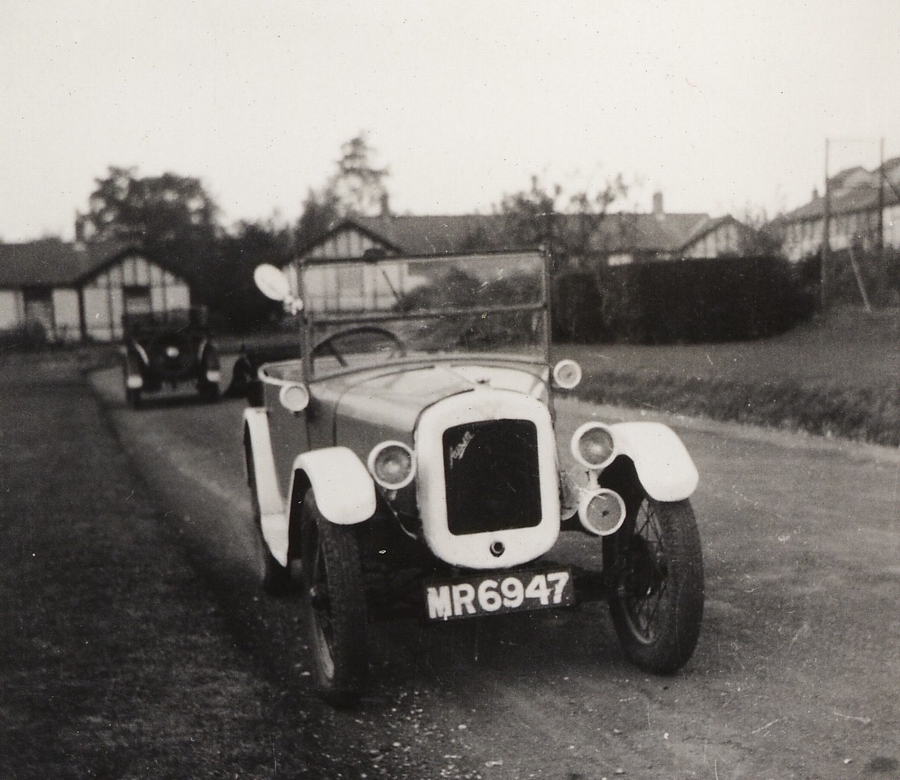So I'm researching the pilots who learned to fly on this Tiger at Gravesend before the war. These include Mike Lithgow, the celebrated Vickers Supermarine test pilot who started his wartime account in 1941, when he was 21 years old) by attacking the Bismarck with his Fairey Swordfish, enabling the Navy to finish her off after a torpedo jammed her rudder). He took the world air speed record in 1953 and died in the crash of the prototype BAC 1-11 when it went into a deep stall - a phenomenon suffered by the new T-tail, rear-engine jet liners at that time.
Another became the top Fleet Air Arm ace of the War and another, like Bader, lost both his legs when two of the Gravesend Tigers collided in mid-air, but went on to distinguish himself flying Spits and Hurricanes throughout the War - complete with tin legs. He had a dread of ditching in the Channel, so filled his hollow tin legs with ping-pong balls to help him float if he went into the drink. Once, at 30,000', he took violent evasive action before realising that the gunfire he heard was not gunfire, but the ping-pong balls exploding at that altitude!
Another pilot was Pat Chilton who ultimately became the C/O of the Empire Test Pilot's School and racked up time on 153 aircraft types through his long flying career. His last flight was at Mach 2 in a Lightning.
Here's Pat's first car - notice the Minor 2-seater in the background - complete with white 'blackout' markings on the wings. It was cars like this that contributed so much to the war effort, and just the sort of cars we'll be remembering at Pre-War Prescott in July.
